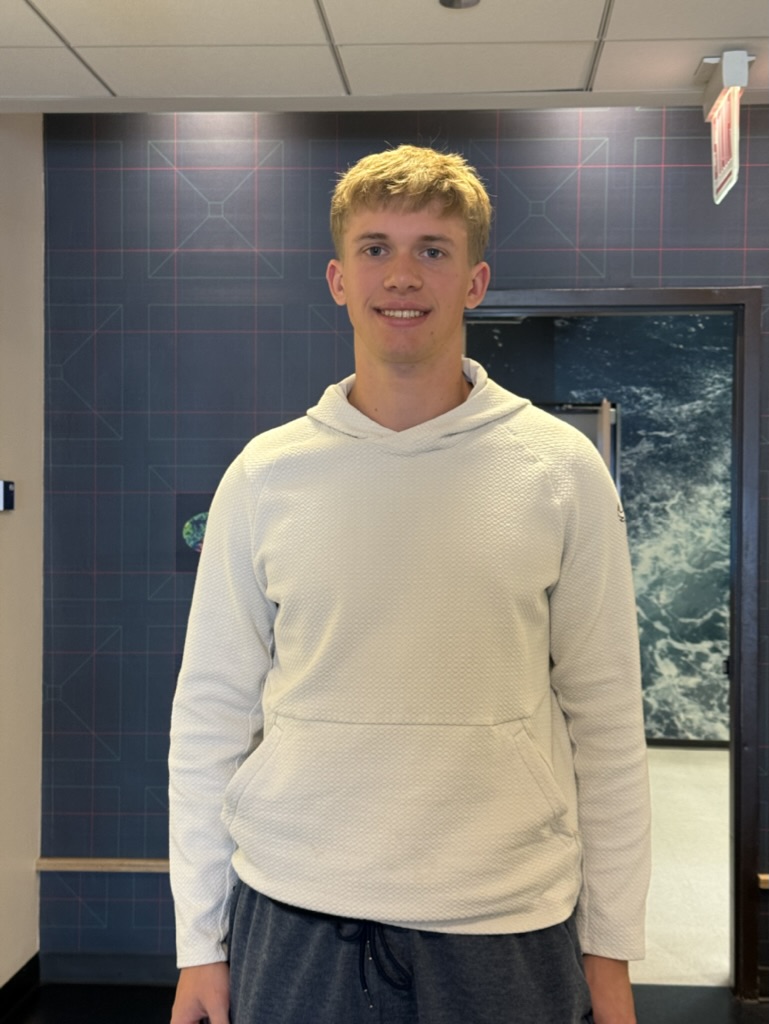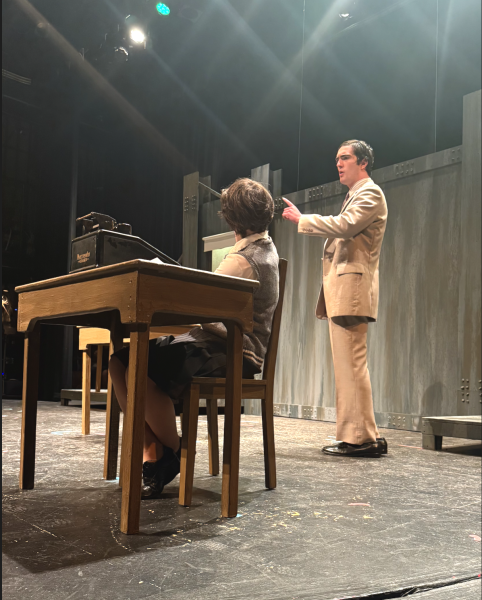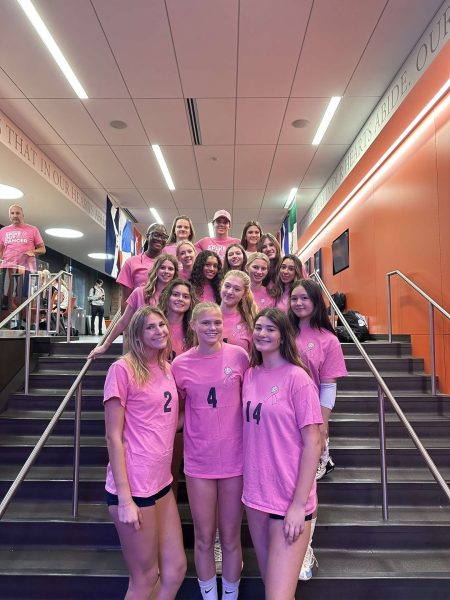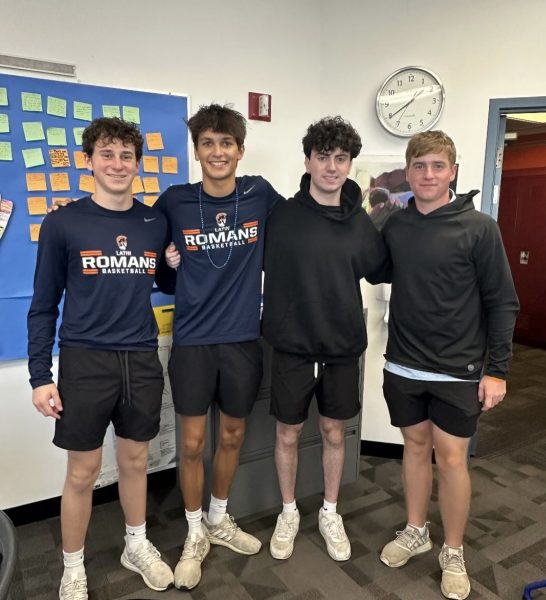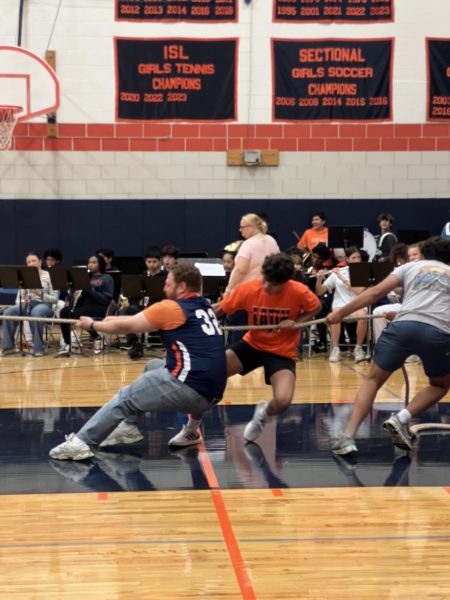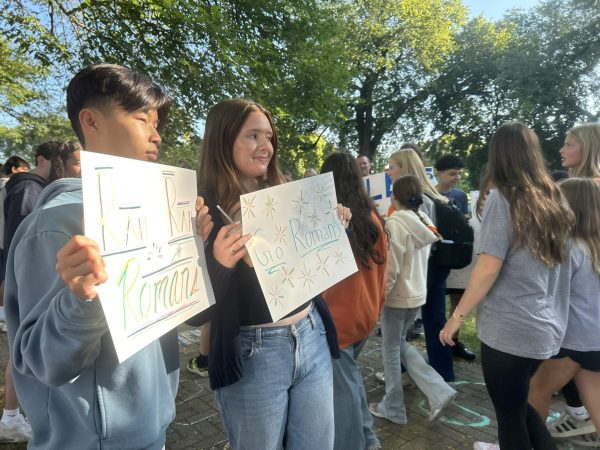Latin Keeps School In-Person Amid COVID Resurgence
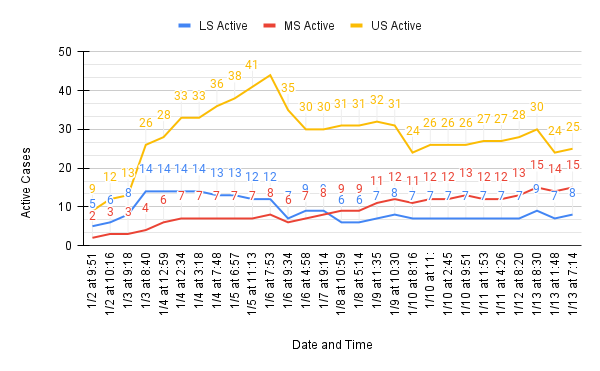
Latin’s active COVID-19 cases, based off of the dashboard, from 1/2/2022 at 9:51 AM to 1/13/2022 at 7:14 PM.
While the Omicron variant has triggered an uptick in Chicago COVID cases, Latin has managed to maintain in-person learning and after-school activities.
The school was able to bring students back into the building immediately following winter break, while Chicago Public School (CPS) students were not given the same opportunity. In order to keep all students and faculty safe, Latin formed a comprehensive COVID testing plan which aided in assuring community members that Latin was taking the appropriate safety measures.
Dr. Leslie Cordes, Latin’s Senior Medical Consultant, said, “Performing universal testing at the start of school allows us to detect some of the cases that were acquired over break and can be helpful in minimizing the risk of in-school transmission.”
Prior to the testing, each division had fewer than 10 reported positive COVID cases; five in the Lower School, two in the Middle School, and nine in the Upper School, to be exact. Since then, Upper School cases have averaged around 30 active cases per day. On January 6, cases hit an all-time high of 44 but mysteriously dropped to 35 cases only two hours later.
Due to the record high number of cases in Chicago, many labs are taking longer to produce PCR results, and therefore a negative rapid antigen was the only requirement to return to school. However, the U.S. Food and Drug Administration (FDA) announced that rapid tests have “reduced sensitivity” in detecting Omicron.
Prior to the Omicron surge, the at-home Binax Now antigen tests were all the rage. They were easy, convenient, and quick. However, they are only 36 percent sensitive in detecting the virus in asymptomatic people, and 58 percent for symptomatic people, according to Dr. Stacy Raviv, Latin parent and pulmonary and critical care physician. The tests are likely even worse at identifying Omicron.
Dr. Raviv said, “Interestingly, I recently learned that drinking soft drinks can give a false positive result, which anecdotally, some perceptive kids [in the United Kingdom] were using to their advantage when they didn’t want to attend school.” She added, “Given the very high false negative rate of these tests, it is not clear to me that testing of asymptomatic people is a medically helpful intervention. It does seem to calm some people, which has some social utility.”
In the long haul, the rapid tests are likely not catching the majority of positive cases, but for those who are symptomatic, they have been a great resource. After sophomore Asher Patent was listed as a close contact, he began experiencing symptoms. His case was caught immediately by a school-administered rapid test.
“I found out about my positive case through school,” Asher said. “They gave me a rapid test, and it came back positive. They had me do another one just to make sure it wasn’t a false positive, and it came back positive again.”
With so many students out with COVID, teachers have been having to go the extra mile to work with both their in-person and online students. Upper School English teacher, DEI Curriculum Coordinator, and Vice President of the Union Brandon Woods said, “The [Upper School] has a policy that teachers should follow, including virtual meetings with students who are currently remote.”
Sophomore Michael Cardoza, who began his second semester from the comfort of his own home with COVID, said, “So far it’s been an easy process. I have been back and forth with my teachers over email about scheduling Zooms so we can discuss what was gone over in class and simple check-ins.” He added, “Keep in mind that their main focus is the majority of in-person learners, and that is rightfully so.”
Another student who was home with COVID, sophomore Gideon Heltzer, said, “Working remotely has so far been very annoying. Every teacher is doing their own thing. Most of my teachers have been responsive and available. However, some are not at all.”
Students are not the only ones who have to miss school and work for COVID, though. Upper School English teacher Lang Kanai was not able to return to Latin until last Monday.
“The school has been very supportive in accommodating my illness, and there was no problem getting substitute coverage for my classes,” Mr. Kanai said. “Certainly a relief, mentally.”
With the vast amount of positive cases between both students and faculty, contact tracing has become an essential part of reporting COVID cases, even more so than before. Some students have several close contact reports at a time.
Those who are diagnosed with COVID are required to aid the school in identifying their close contacts. “I sat down with [Nurse Jill] Yacu, and I told her anyone I had seen or been close to in the Latin School community in the past two or three days,” Asher said.
Students who are close contacts are then required to receive both a negative rapid and PCR test. They can get tested at Latin with Northshore Clinical Labs (NCL) or on their own time. Interestingly, Chicago Jewish Day School (CJDS) also works with NCL to test their students. Of the 17 positive cases they had, only two were caught by NCL’s testing since returning to school, according to Dr. Raviv, the head of CJDS’s medical task force. In fact, the two positive test results were from rapid antigen tests, and not a single one of their PCR tests came back positive. It is possible that Latin also missed a number of positive cases, begging the question of whether such testing is worthwhile.
Junior Phoebe Krueger found out about her positive case independently, not through NCL. “I tested independently after feeling congested for a couple of days,” she said. “I didn’t initially think anything of it as I had received my booster on Friday and thought it was just lingering side effects of that.”
Unlike Latin, CPS was unable to implement testing upon returning to school, causing unease for many teachers. Members of the Chicago Teachers Union (CTU) staged a walkout that lasted for one week before they finally came to an agreement with Mayor Lori Lightfoot, who, like many in the Latin community, also has COVID.
While it is notable that teachers who work at Latin and teachers who work at CPS are under quite different circumstances, they are all still in the same boat: teaching students during a pandemic. Teenagers are not typically the safest people to be around if one is trying to avoid COVID. Given that the Upper School’s COVID numbers are significantly higher than both the Middle School’s and the Lower School’s during this aggressive surge, a teacher’s hesitation to return to school is understandable. For example, on January 6, a particularly high case day in the Upper School, the Lower School had seven active cases, Middle School had six, and the Upper School had 35, according to the Latin COVID dashboard.
However, Mr. Woods noted that “the CTU is a different organization, with different and specific needs and challenges. Our thinking about safety is specific to our situation.”
Additionally, since the beginning of the pandemic, Latin has set aside a portion of the budget each school year for any resources that could aid in keeping the community both in-person and safe. Chief Financial Officer Michael Szczepanek said, “Pandemic-related expenses are funded from a Board-approved allocation of funds that may result in Latin incurring an operating deficit this fiscal year.”
Mr. Szczepanek didn’t provide the specific financial information for the tests, but he noted that that information will be available later in the school year.
Living in a pandemic causes an ever-changing lifestyle, and communities are constantly expected to adapt to developing policies and guidelines. The U.S. Centers for Disease Control and Prevention (CDC) has been unclear in many of their statements, even contradicting circumstances they had said previously. Additionally, some of their conclusions have been so confusing to citizens that the CDC has been put on the defensive.
“In communicating with families, we noted the value of well-fitting masks and specifically mentioned the increased protection offered by masks with higher filtration, namely appropriately sized KN-95 and KF-94 masks,” Dr. Cordes said. “Our division directors also continue to assess plans for lunchtime and how best to minimize unmasked contact between students and faculty and staff.”
Additionally, as of January 14, Latin changed the quarantine policies for those out with COVID. If one is not experiencing symptoms by day five, they are permitted to return to school, but are required to show a negative antigen test.
Ultimately, the only consistent variable in the lives of Latin community members right now is inconsistency, and amid high COVID numbers at the school, Dr. Cordes added a note of caution so that the community can stay together and stay safe. “It is important that our school community appreciates that COVID symptoms may be mild in nature and potentially dismissed,” she said. “Recognizing this pattern with Omicron is important in helping us with case detection, therefore minimizing the risk of in-school transmission.”
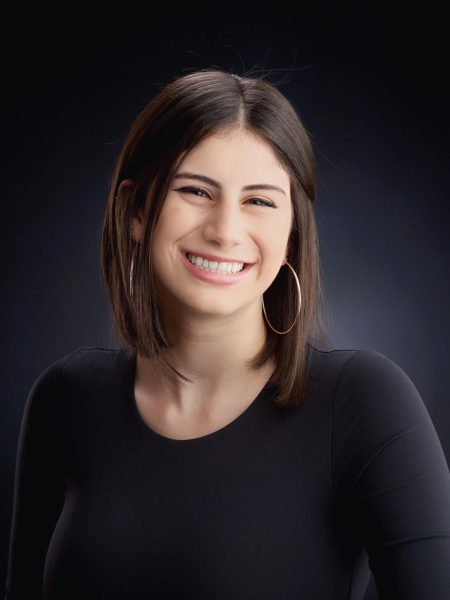
Eliza Lampert (’24) is a senior at Latin and is overjoyed to serve as one of this year’s Editors-in-Chief. During her time writing for The Forum, she...























